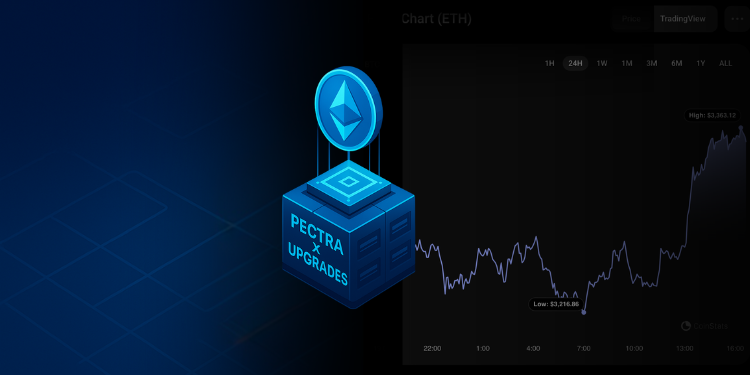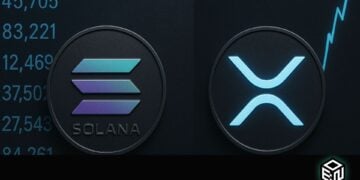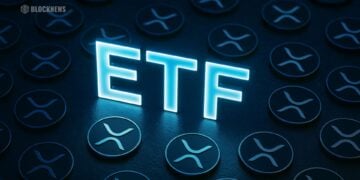Absolutely! Here’s a quick 3-bullet summary of the rewritten article:
- Ethereum’s upcoming Pectra and Fusaka upgrades aim to boost scalability and usability, potentially making the network more suitable for high-volume payments.
- Binance warns that Solana and BNB Chain are gaining ground, offering faster speeds and lower fees while Ethereum still wrestles with high costs and Layer 2 fragmentation.
- Concerns remain about ETH’s long-term value capture, with rising competition in data availability and uncertainty around fee models for Layer 2 networks.
Ethereum might be getting ready for a glow-up. But while it’s still the most trusted name in smart contracts, Binance Research is throwing some cautious optimism—and a few warning shots—about where the network stands and where it might be headed.
With two major upgrades—Pectra and Fusaka—on the horizon, there’s a lot of hope around scalability improvements and crypto payment capabilities. That said, competitors like Solana and BNB Smart Chain? Yeah, they’re not waiting around.
Ethereum’s Playing Catch-Up in Speed and Costs
According to Binance’s new report, Ethereum still struggles with the usual culprits: high fees, slow speeds, and a somewhat fragmented ecosystem. And while Layer 2 solutions have helped with congestion and gas, they’ve also pulled some value away from Ethereum’s core layer—making it harder for ETH to hold its dominance.
Meanwhile, Solana and BSC have been eating into Ethereum’s DEX volume share, thanks to their lower transaction costs and faster processing times. Not ideal for Ethereum, especially if it wants to be the go-to platform for payments at scale.
What’s Coming in Pectra and Fusaka
Here’s the good news—Ethereum isn’t standing still. The Pectra upgrade, now set for May 2025, will merge the Prague execution layer with Electra’s consensus layer and pack in 11 new Ethereum Improvement Proposals (EIPs).
Among the big ones:
- EIP-7251: Boosts max staking from 32 ETH to 2,048 ETH. Fewer validators = easier network management.
- EIP-7691: Adds more blob capacity (yes, “blob” is a real term), which lets more data flow through while keeping things cheap.
- EIP-7702: Brings account abstraction, allowing regular accounts to act more like smart contracts. Think bundled transactions, gas sponsorships, stuff like that.
Then there’s Fusaka, expected in late 2025. It’ll introduce PeerDAS via EIP-7594, laying groundwork for full danksharding—a big deal for boosting Ethereum’s data availability without killing performance.
Fusaka also comes with the Ethereum Object Format, which aims to simplify contract creation and make things smoother (and safer) for devs.
Still a Few Storm Clouds Ahead
Even with these upgrades, Binance notes Ethereum isn’t out of the woods just yet.
Platforms like Celestia, EigenDA, and NearDA are leading the pack on data availability, offering better throughput and lower cost than Ethereum currently can. Sure, Ethereum’s security is top-tier—but if it can’t stay competitive on performance and affordability, it might keep losing ground.
Binance also raises a concern about ETH’s value capture. As more activity shifts to L2s, it’s unclear how much value ETH will continue to retain. Solutions like repricing blobs or making Layer 2s pay up are still just ideas floating around—and they’re not exactly a priority in Ethereum’s roadmap right now.
So yeah, Ethereum’s gearing up for big changes. But while Pectra and Fusaka are great on paper, the real test will be whether these upgrades help it stay ahead in an increasingly crowded race. Crypto doesn’t wait around—and Ethereum can’t afford to either.














